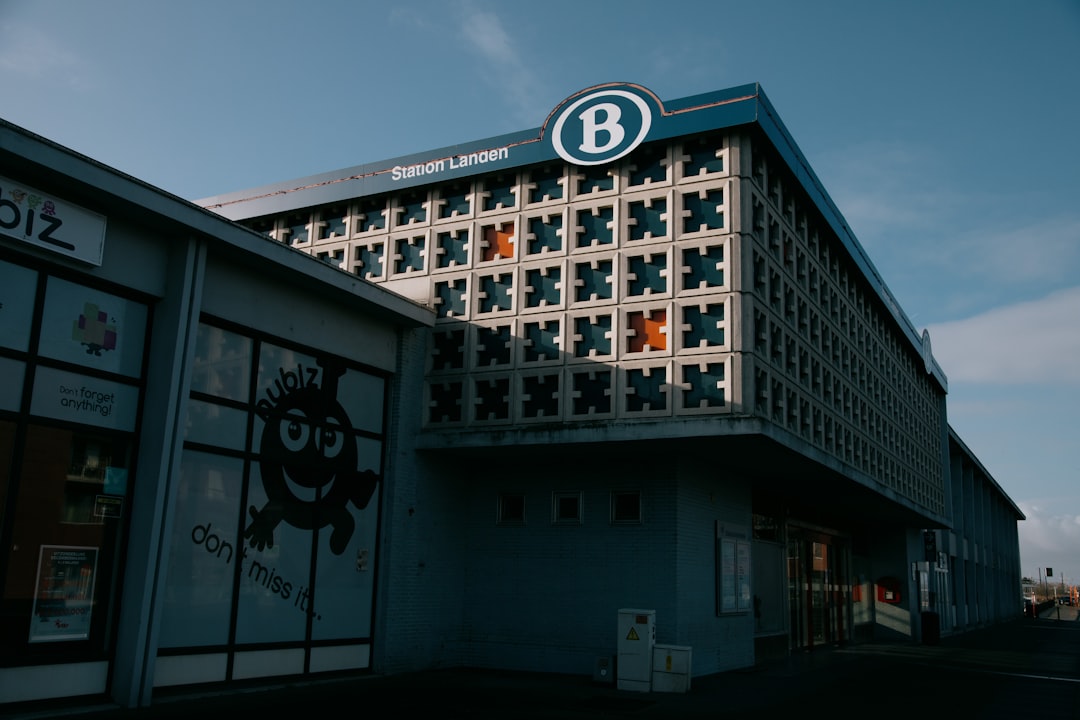Why Berlin is a Top-Tier Nomad Destination
Before diving into the sights, let's cover the essentials that make Berlin a magnet for the location-independent community. It perfectly blends affordability, infrastructure, and lifestyle, creating an environment where you can grow your business without sacrificing your quality of life.
The German Digital Nomad Visa: A game-changer for non-EU/EEA citizens. This visa provides a legal framework to live and work in one of Europe's most powerful economies, offering a stable base for your international operations.
Cost of Living: While not the cheapest in Europe, Berlin offers exceptional value. Rent, food, and entertainment are significantly more affordable than in cities like London, Paris, or Zurich, allowing you to bootstrap your business or enjoy a higher quality of life.
Connectivity & Community: With world-class public transport and a high concentration of co-working spaces, cafes, and networking events, Berlin makes it easy to connect—both online and off. It’s a city built for collaboration and community.
Getting Around: The Nomad's First Hack
For your first few weeks or months, the Berlin Welcome Card is a no-brainer. Starting at just €24 for 48 hours, it gives you unlimited access to public transport and discounts of up to 50% on major attractions. It's the most efficient way to explore your new city without breaking the bank.
Mastering Work-Life Balance: Decompress and Network
The perpetual traveler lifestyle isn't just about the grind; it's about building a sustainable and enjoyable life. Berlin excels at providing outlets for relaxation, inspiration, and networking.
1. Tiergarten: Your Urban Oasis
Forget thinking of this as just a park. The Tiergarten is Berlin’s 210-hectare green lung, perfect for decompressing after a day of client calls. Take a walk to clear your head, have a picnic lunch, or even hold a walking meeting. It’s a free resource to maintain your mental and physical well-being. The park also houses significant monuments, including the Memorial to Homosexuals Persecuted Under Nazism and the Memorial to the Roma Victims, offering quiet spots for reflection.
2. Mauerpark Flea Market: The Sunday Ritual
Every Sunday, Mauerpark transforms into the city’s largest open-air flea market. This is more than a shopping destination; it’s a cultural event. For nomads, it’s a prime spot to meet locals, expats, and other travelers. Browse for unique items for your apartment, grab a bite from a food stall, and stick around for the famous Bearpit Karaoke in the amphitheater—a true Berlin experience that fosters a sense of community.
3. Berlin's Craft Beer Scene & Müggelsee Lake
Networking doesn't always happen in a conference room. Berlin’s legendary craft beer scene and numerous beer gardens are where ideas are exchanged and friendships are formed. For a true escape, head to Müggelsee, Berlin's largest lake. Spend a weekend swimming, paddleboarding, or renting a boat to recharge your batteries. It's a reminder that even in a major metropolis, nature is just a short train ride away.
Fuel Your Creativity: Culture & History for the Modern Entrepreneur
Berlin’s complex history and world-class cultural institutions are not just for tourists—they are a source of immense inspiration and perspective for any entrepreneur.
4. Museum Island & The Humboldt Forum
A UNESCO World Heritage site, Museum Island is a complex of five world-renowned museums, including the Pergamon Museum and the Neues Museum. The newest addition, the Humboldt Forum, houses an incredible collection of non-European art. For a global entrepreneur, exploring these collections is a masterclass in history, culture, and human ingenuity from around the world.
5. The Berlin Wall Memorial & Topography of Terror
To truly understand Berlin, you must confront its past. The Berlin Wall Memorial preserves a 1.5-mile section of the structure that divided the city, serving as a poignant tribute to the victims of the Cold War. Nearby, the Topography of Terror museum, located on the former site of the Gestapo headquarters, offers an unflinching look at the mechanisms of Nazi persecution. These sites provide a powerful lesson in resilience, division, and the importance of freedom—themes that resonate deeply with the perpetual traveler ethos.
6. Brandenburg Gate & The Holocaust Memorial
The iconic Brandenburg Gate has stood as a symbol of both division and reunification. Visit early in the morning to appreciate its grandeur without the crowds. A short walk away lies the Memorial to the Murdered Jews of Europe. This vast, moving installation of over 3,000 concrete slabs is a space for contemplation. The underground information center provides personal stories that ground the immense tragedy in human experience.
Explore and Discover: Beyond the Laptop Screen
Once you're settled, take time to explore the diverse corners of the city that give Berlin its unique character.
7. Charlottenburg Palace
Step back into Prussian royalty at Charlottenburg Palace. This magnificent Baroque structure and its opulent park offer a glimpse into a different era. It's a perfect weekend excursion when you need a dose of grandeur and beauty.
8. Berlin Cathedral Church & TV Tower
For the best views of the city, you have two incredible options. Climb the Berlin Cathedral Church (Berliner Dom) for stunning vistas from its Imperial Gallery. Or, for a 360-degree panoramic view, head up the TV Tower (Fernsehturm). Book a queue-jump ticket online to save time and enjoy a drink at Bar 203 as you watch the city lights come alive.
9. Nikolai Quarter (Nikolaiviertel)
Explore Berlin's oldest district. The Nikolaiviertel is a charming area of restored medieval buildings, pedestrian-friendly streets, and cozy cafes. It’s a peaceful corner of the city, perfect for a quiet afternoon of reading or people-watching.
10. German Museum of Technology
For the tech-minded nomad, the German Museum of Technology is a must-see. It offers a fascinating journey through Germany's industrial heritage, with extensive exhibits on rail transport, aviation, and vehicle development. It's an inspiring look at the evolution of the technologies that shape our modern world.































